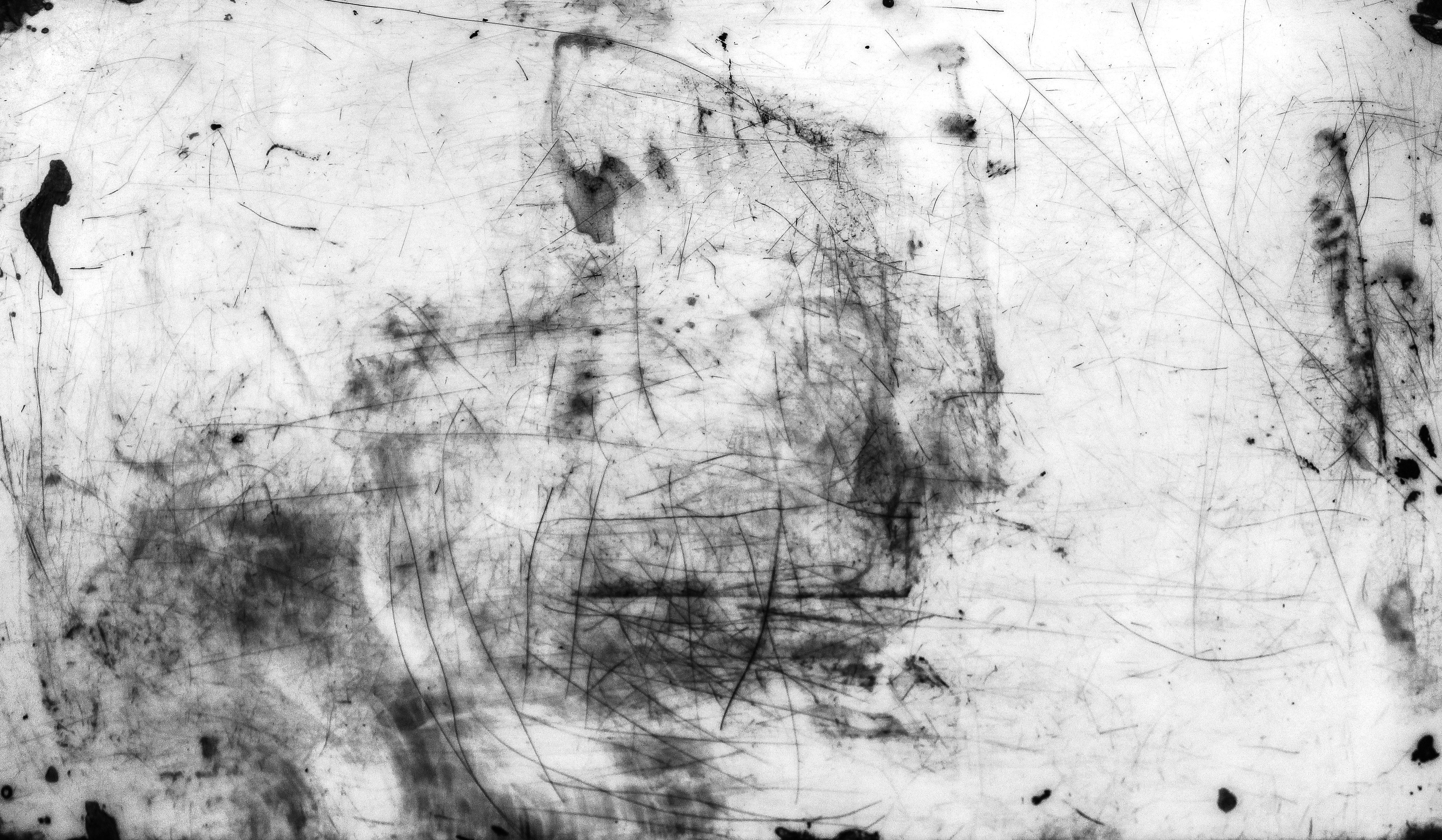Of the various methods available, waxing is one of the most popular, due in part to the fact that it is:
- cheap
- convenient (can be done at home)
- lasts a few weeks in most cases
The following answers to frequently asked questions will help you decide if you may be a good candidate for waxing:
How does waxing work?
A combination of wax is spread thinly on the skin. A strip of fabric is pressed on top and then torn in a quick motion removing the wax along with hair and dead skin cells leaving the skin smooth.
What is the difference between hot waxes and cold waxes?
Good hot waxes melt just above body temperature so they spread easily over the skin. As they harden, they trap the hair in the wax so that it is removed by the roots when the wax is pulled out.
Cold waxes are available in pre-coated strips that can be pressed directly onto the skin. The hair adheres to the wax and is then removed with the quick pulling action. (Cold waxing is also known as Persian waxing)
What effect does waxing have on the skin?
As dead skin cells are removed in this process, the skin can feel quite smooth afterward. The waxing action causes the skin to itch and many find a soothing skin cream helpful afterward. Some people find that the skin reacts with redness and bumps that disappear after a few hours.
Are there any health precautions to be aware of with waxing?
Some doctors do not recommend waxing for people who have diabetes or who have varicose veins or poor circulation, as they are more susceptible to infection.
Users of Retin-A, Renova, Differin, or Accutane are advised not to use waxing on the face, as these medications tend to weaken the skin and can tear the skin when the wax is removed.
Waxing should not be performed on skin areas affected by warts, pimples, moles, or rashes, or on skin that is irritated, chapped, or sunburned. Never apply wax to peeling, cracked skin or varicose veins. Never apply wax to the nipples when removing hair from the breast area.
In which areas of the body is wax used?
It is advisable to test a small area first, but generally waxing can be used on most parts of the body.
How long before the hair reappears?
Generally between 3 and 8 weeks. Less hair grows back and it is usually finer. Eventually, some hair never grows back.
How can pain or discomfort be minimized?
An easy way to greatly minimize discomfort is to press down hard on the skin right after removing the wax strip. To emphasize again, do this IMMEDIATELY after removing the strip. Press hard with the pad of your finger or the palm of your hand on larger areas.
Also, rubbing an ice cube over the area can go a long way in reducing the risk of swelling and skin irritation.
In conclusion: Depending on your skin’s sensitivity level or pain tolerance, hair texture, and hair growth rate, waxing may be a viable option for you. Check out the links in the resource box for tips on how to make results last longer, and check out a good supplier for a wide range of the latest hair removal products.
